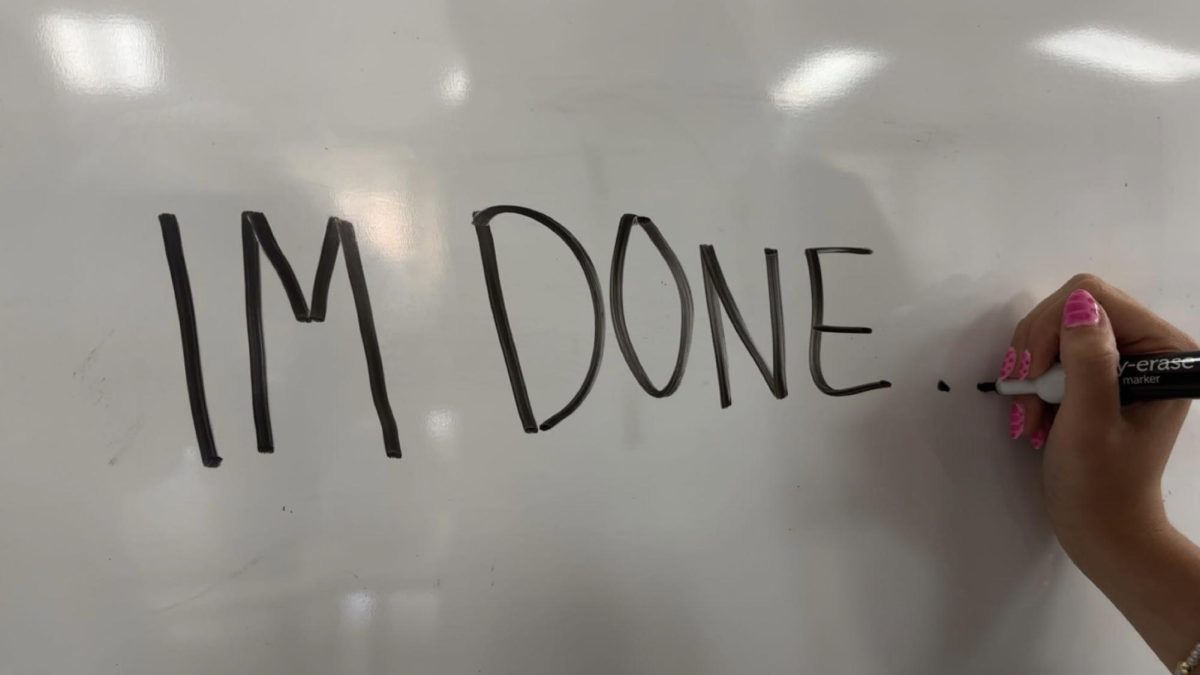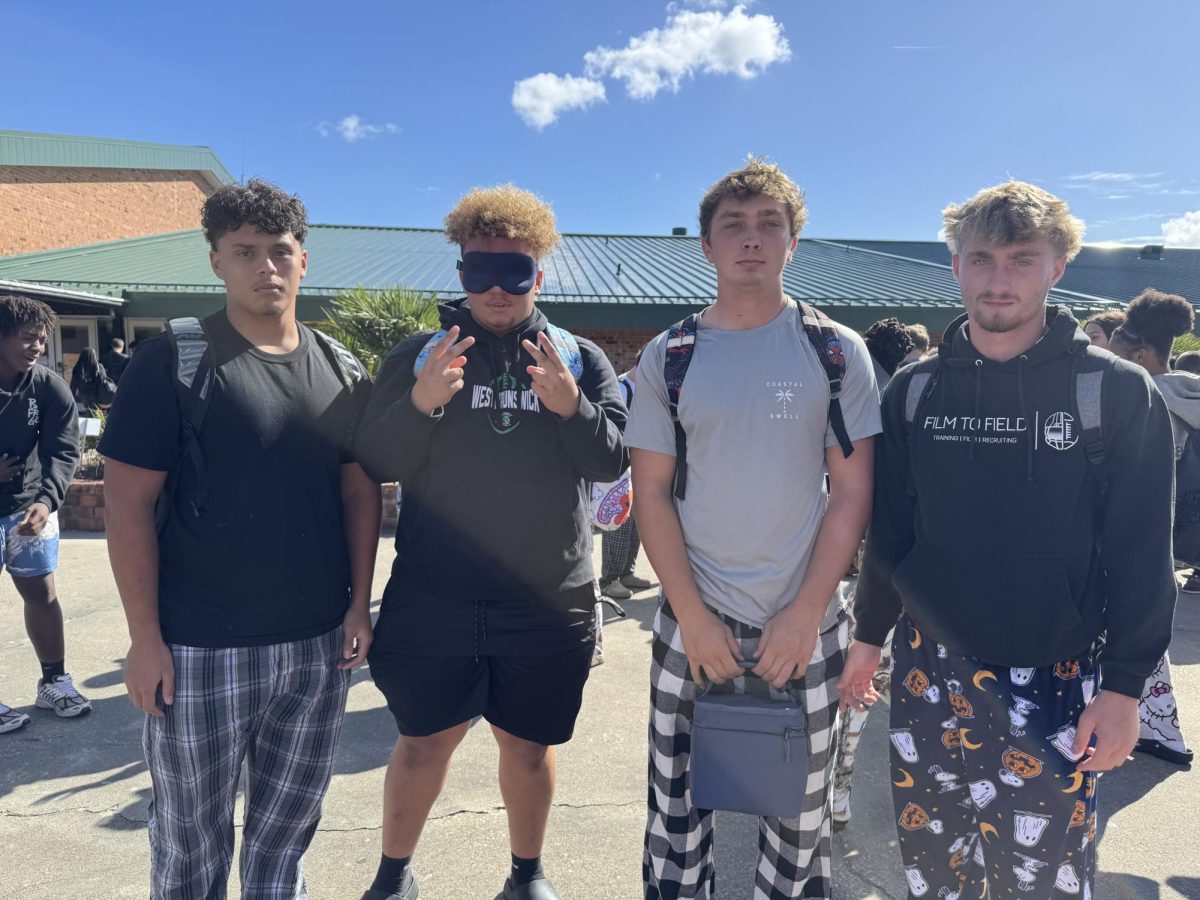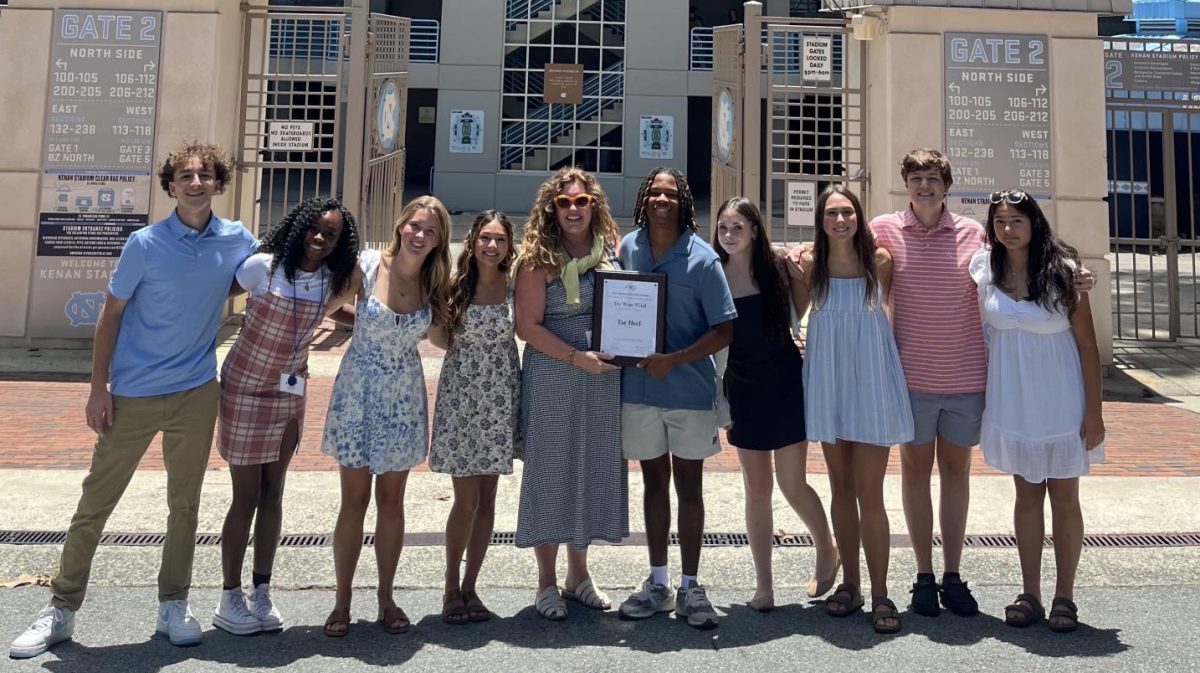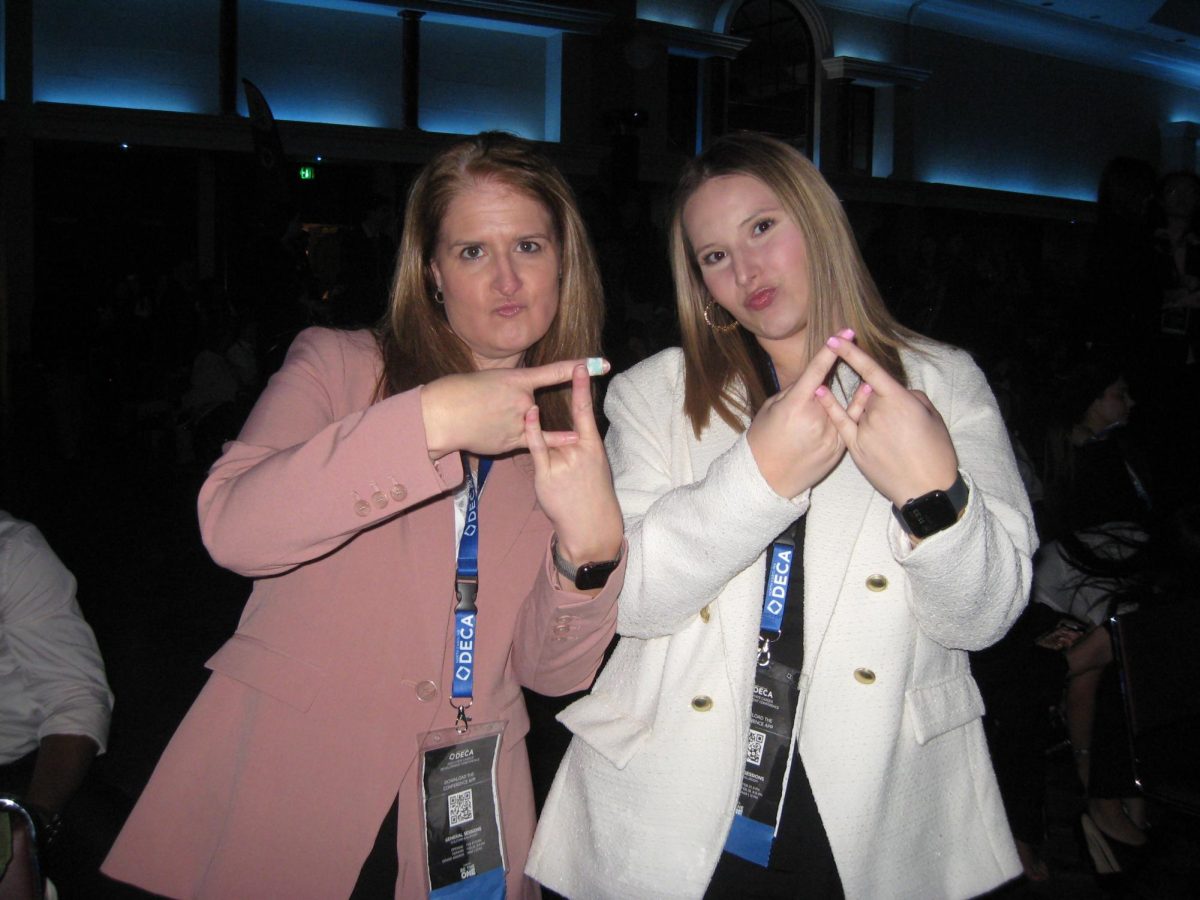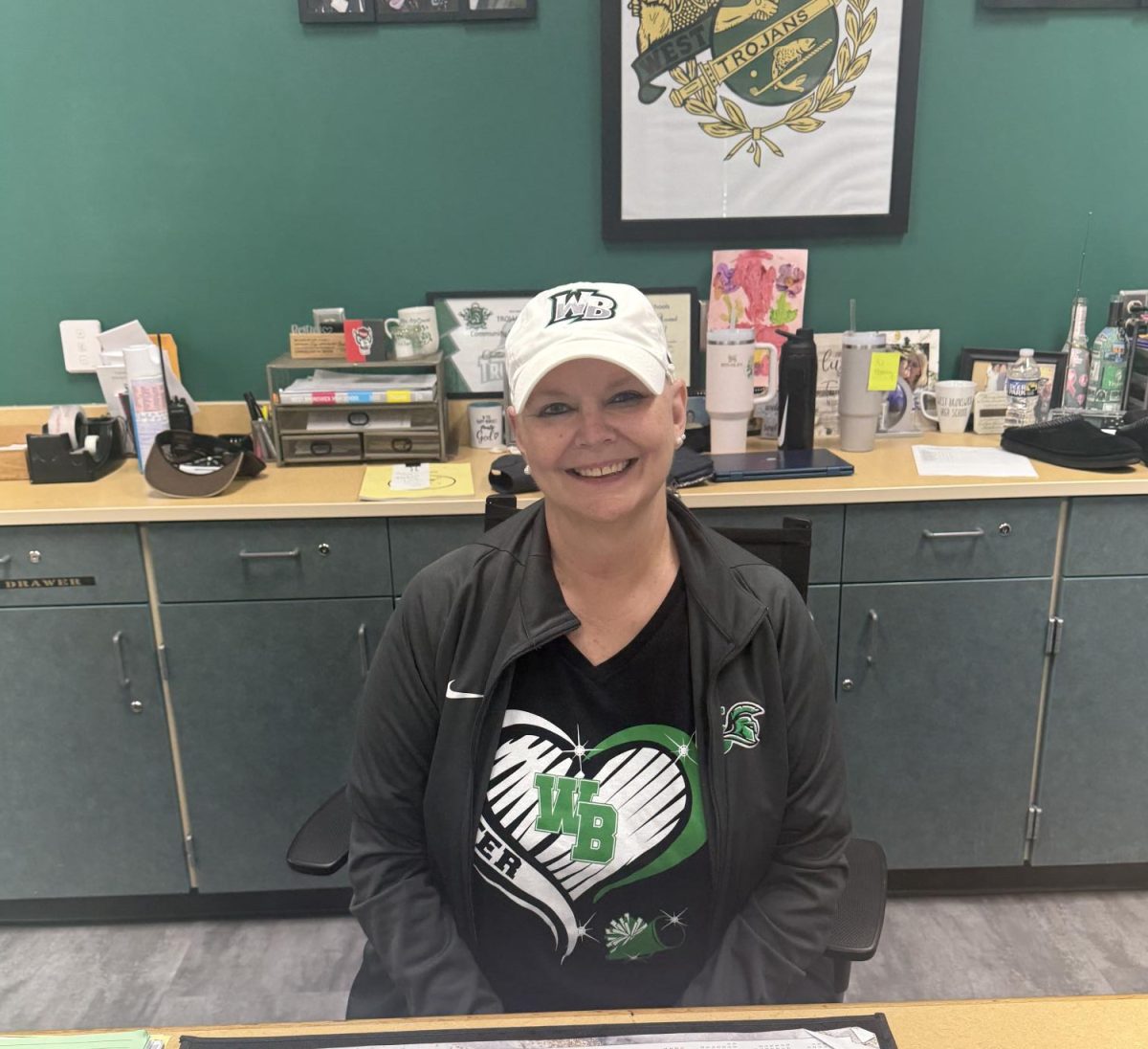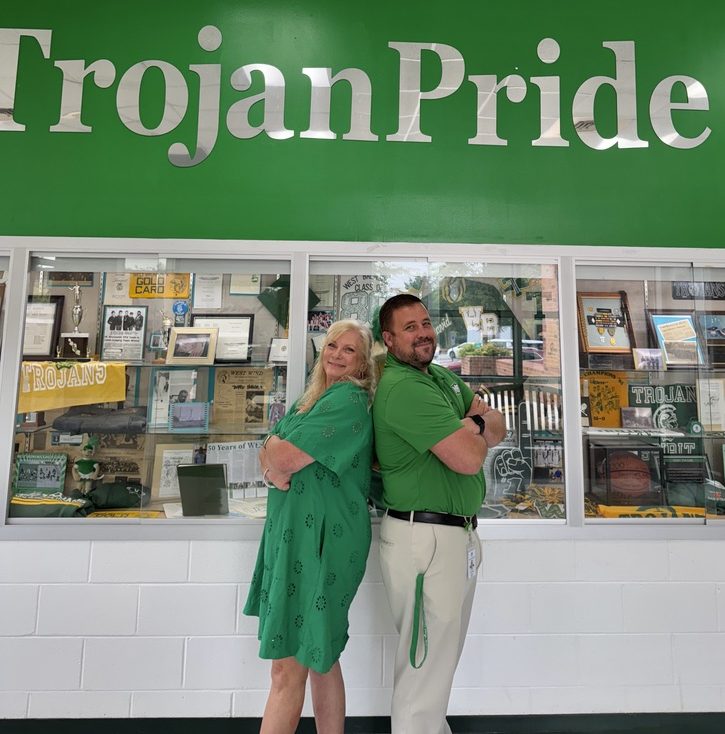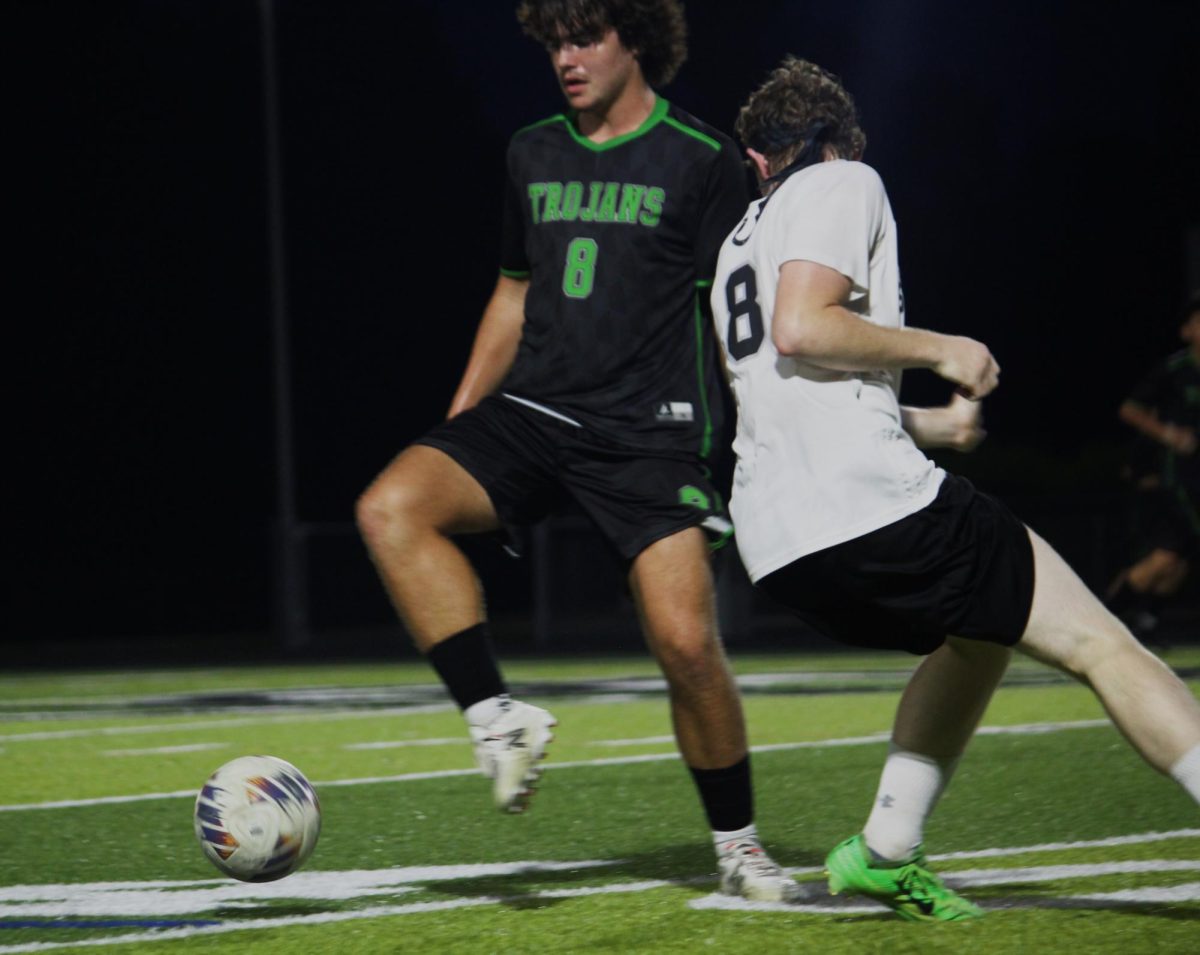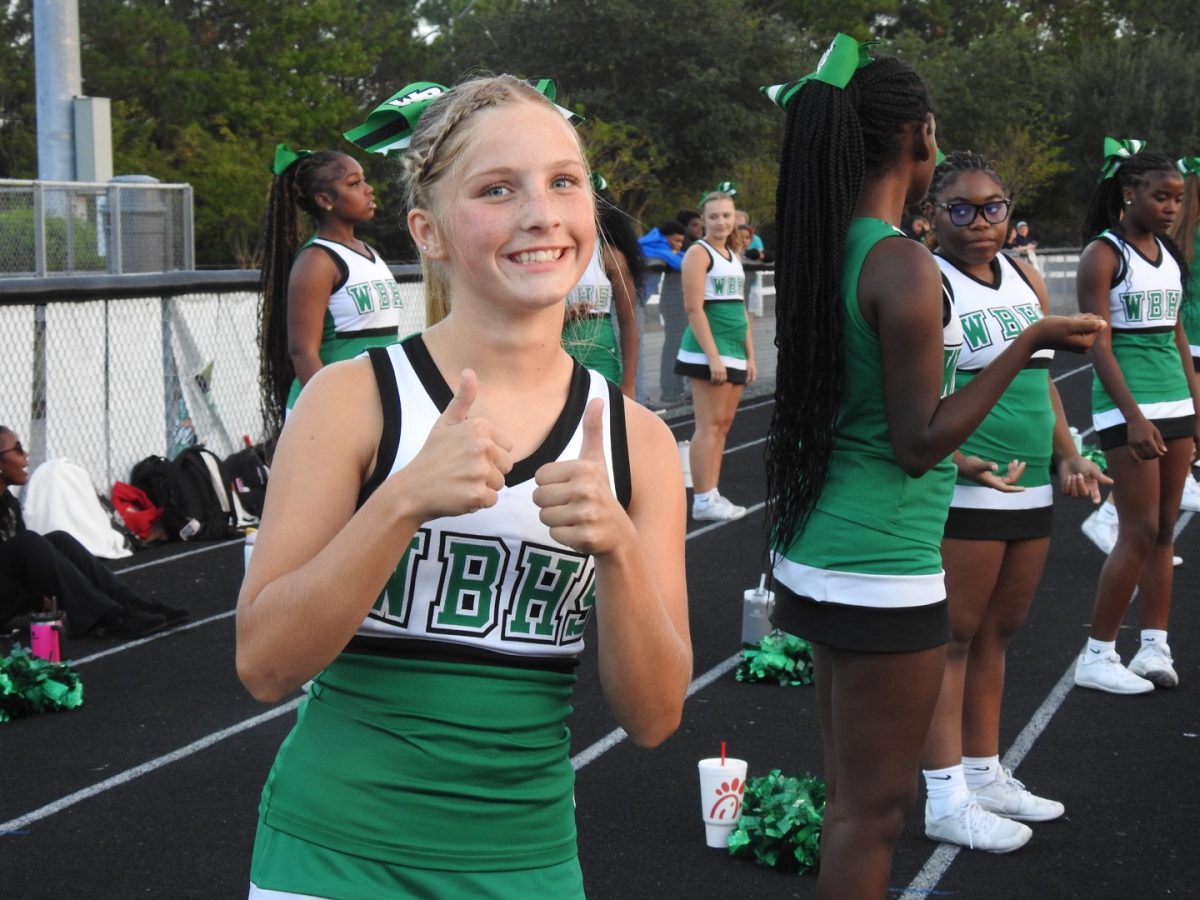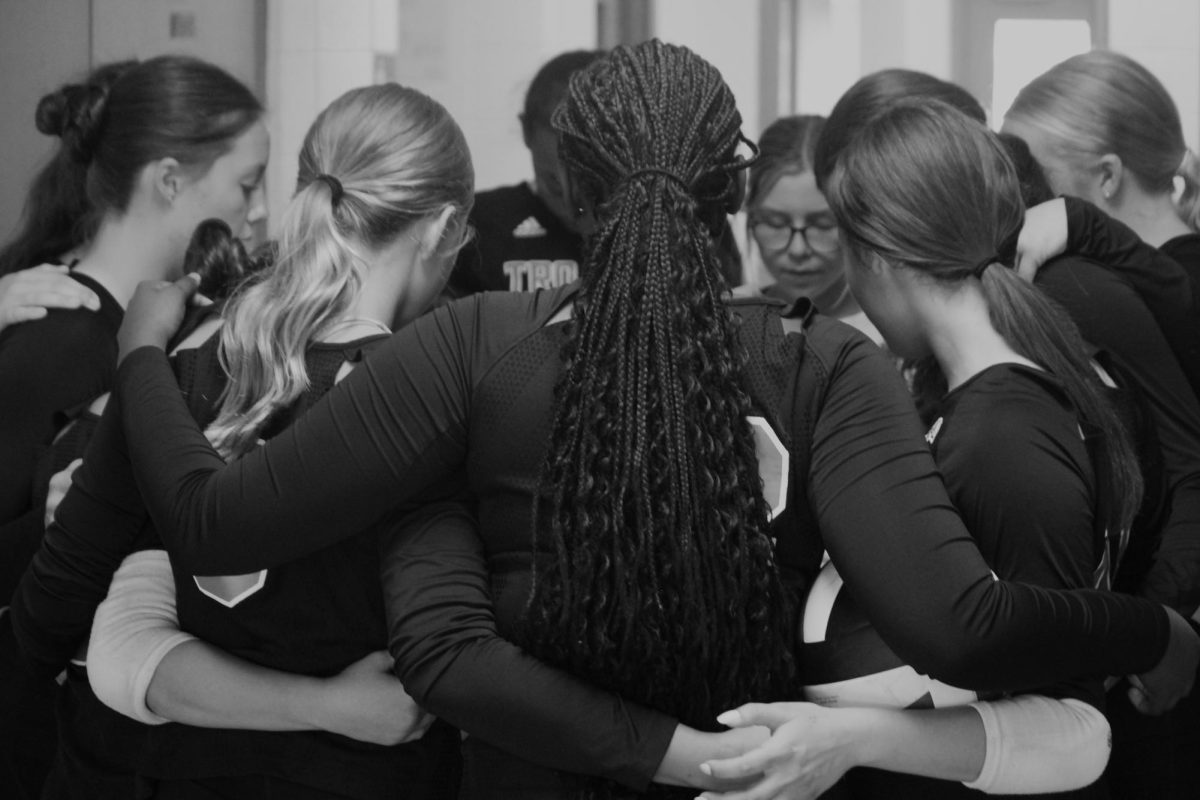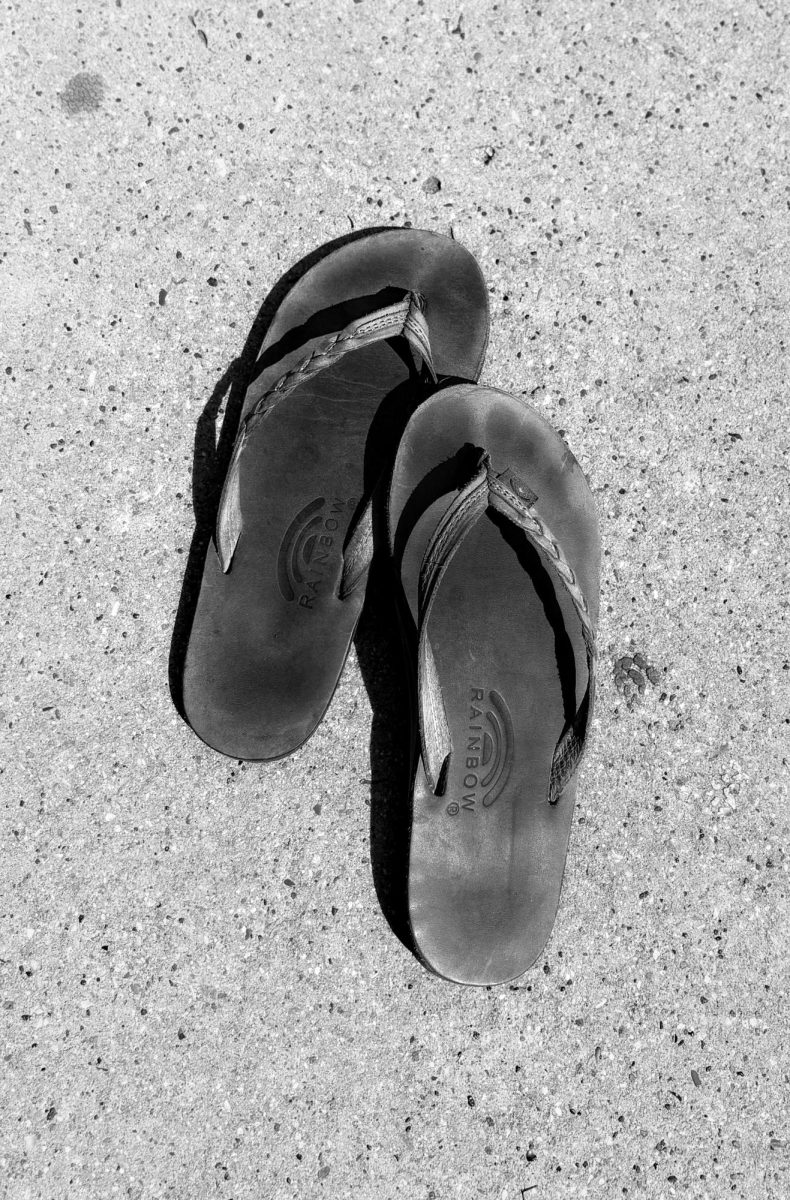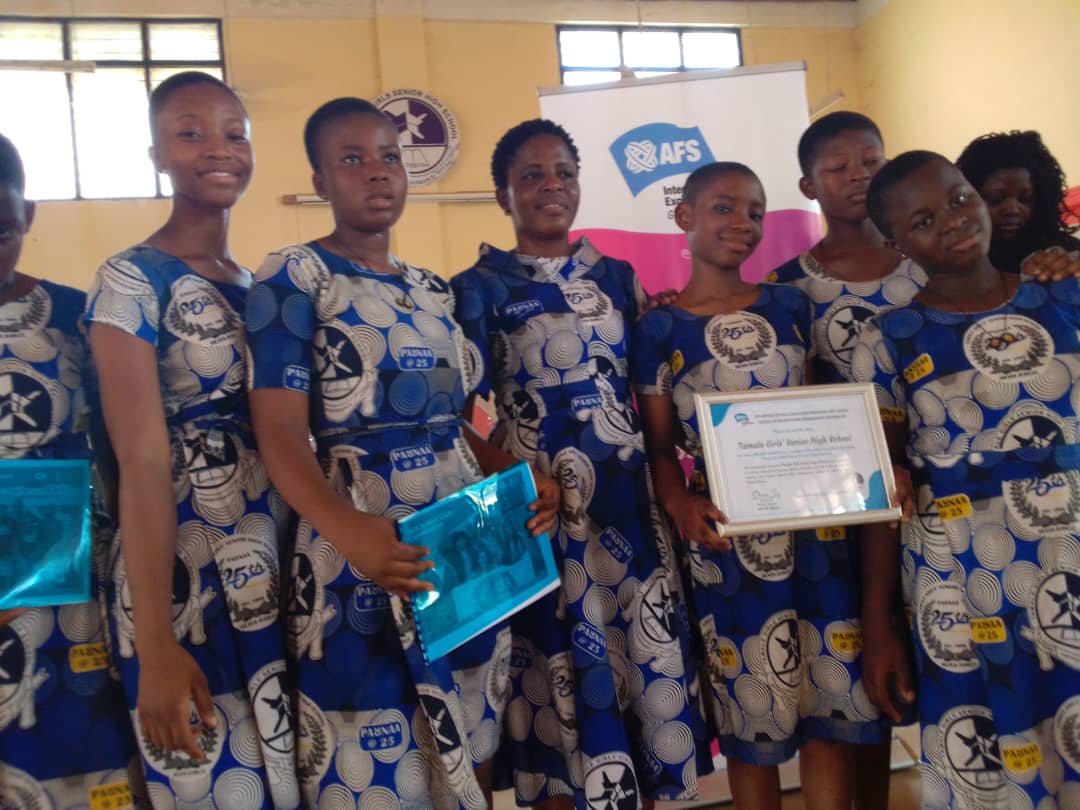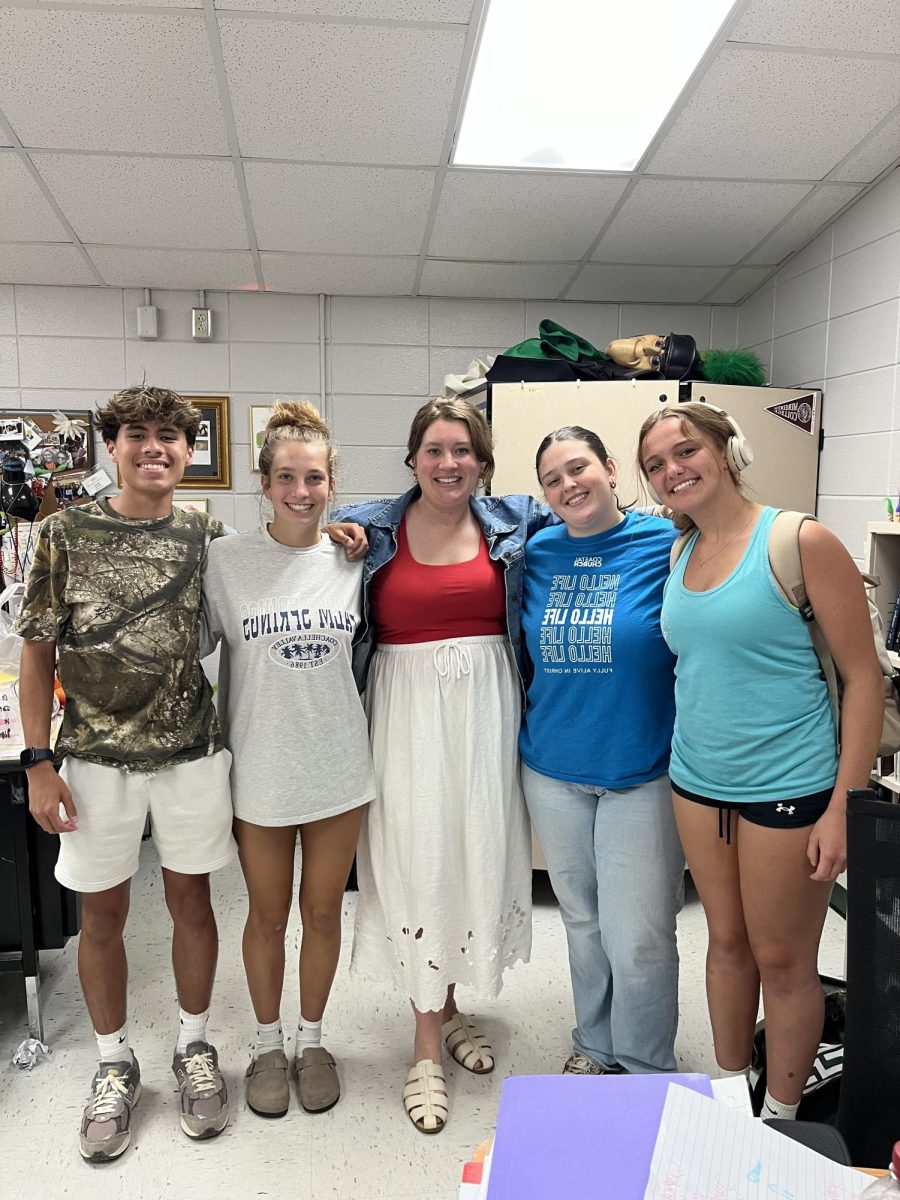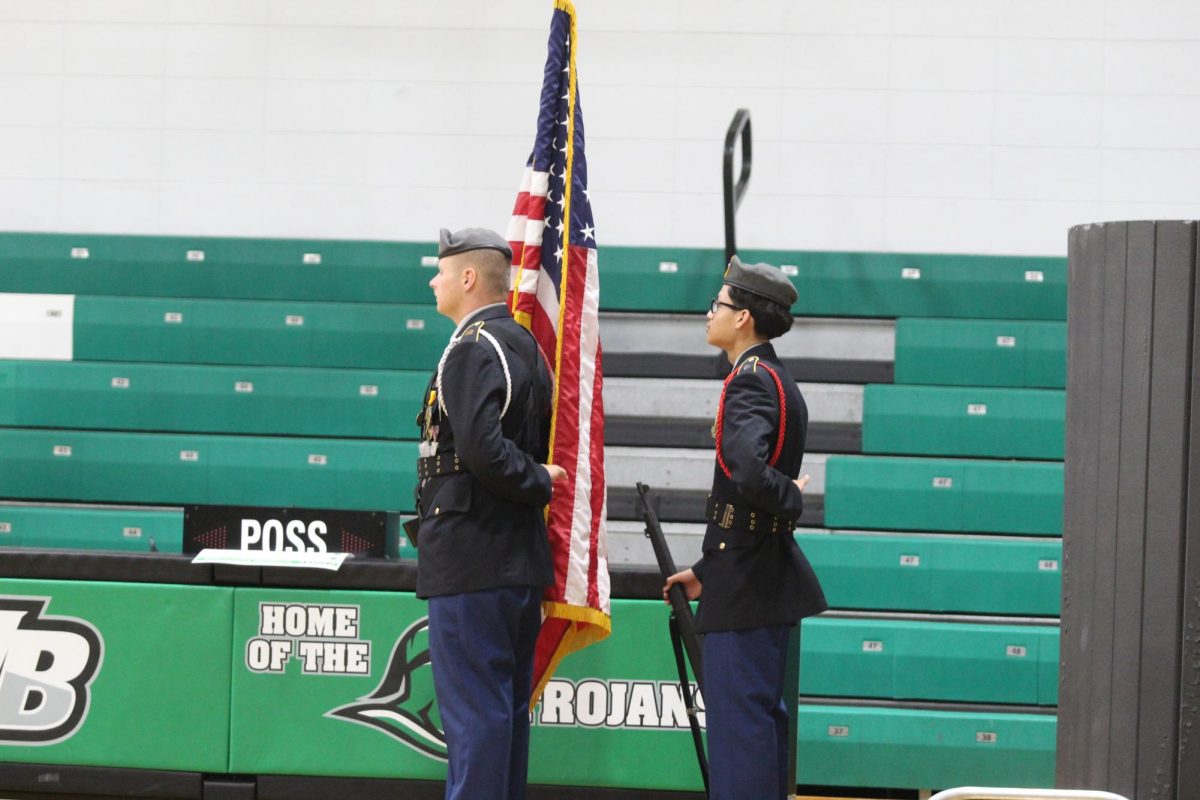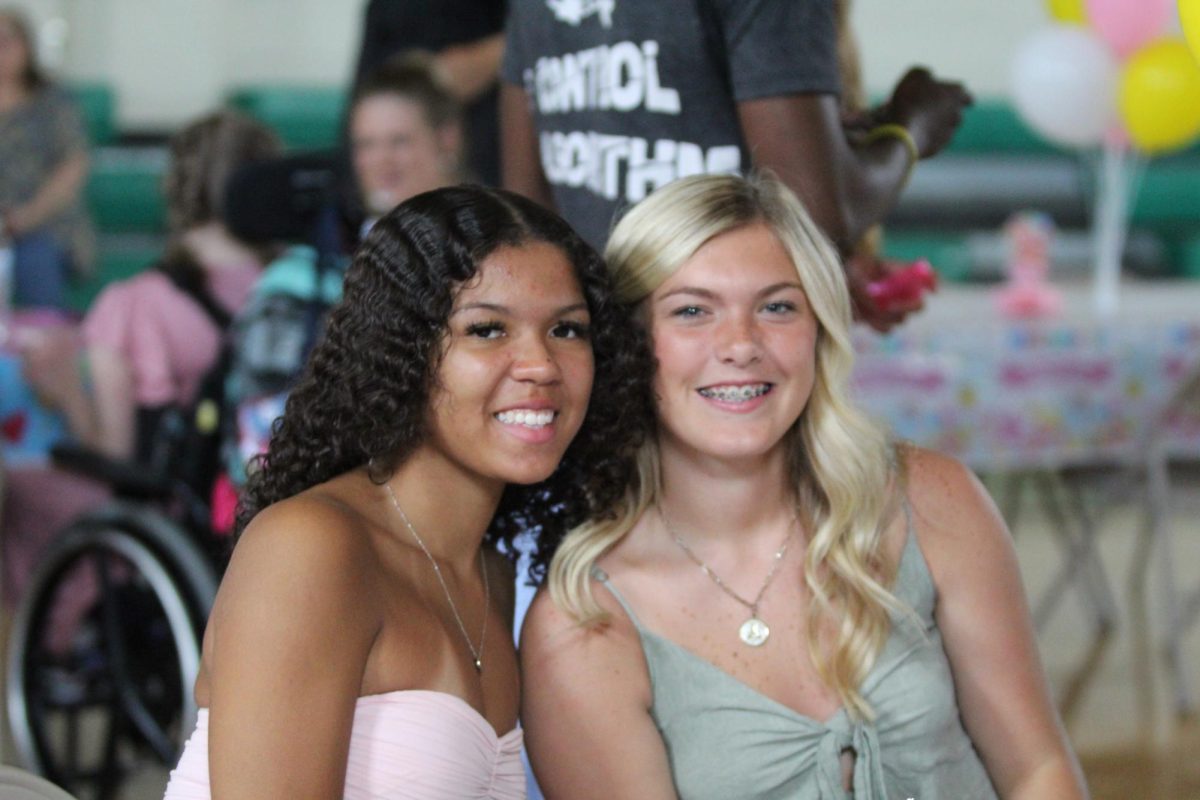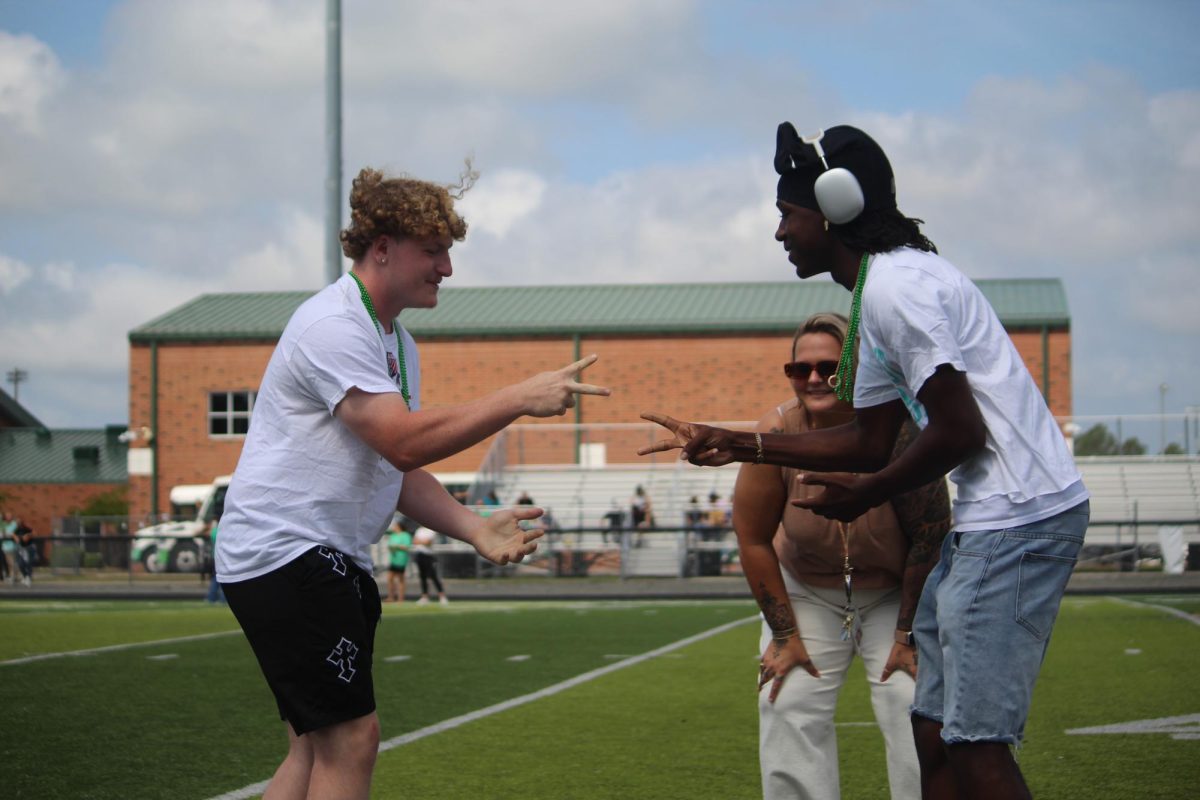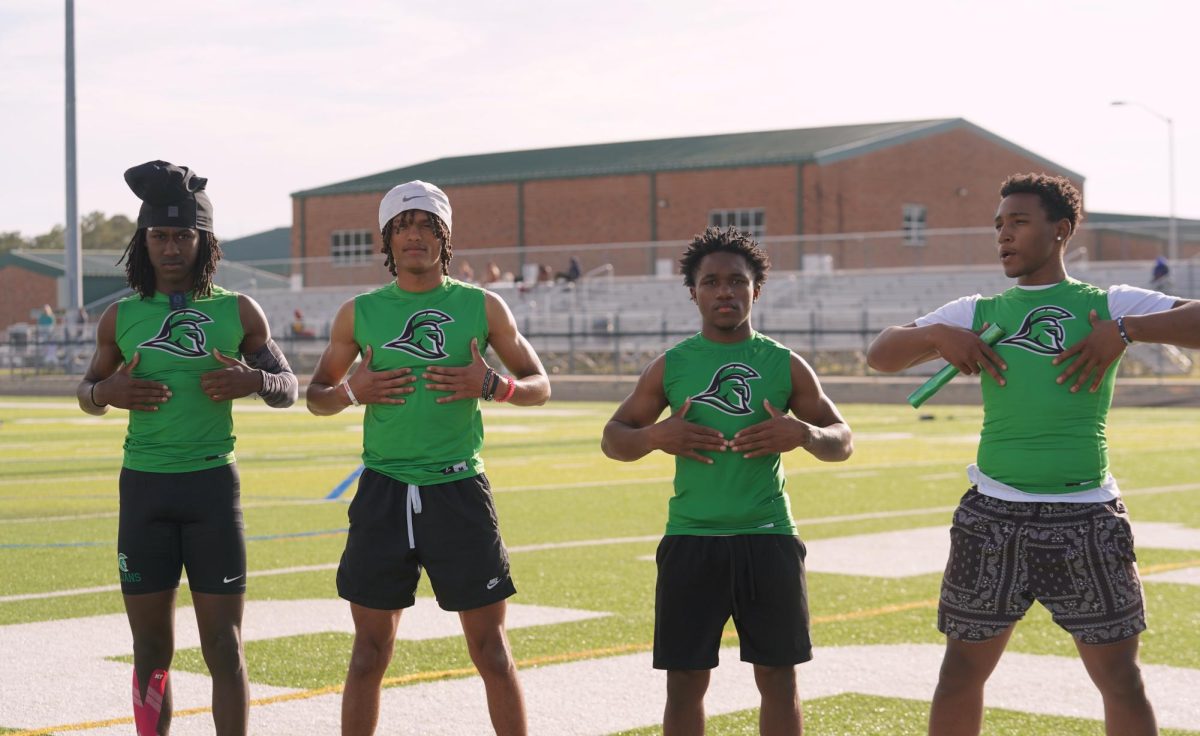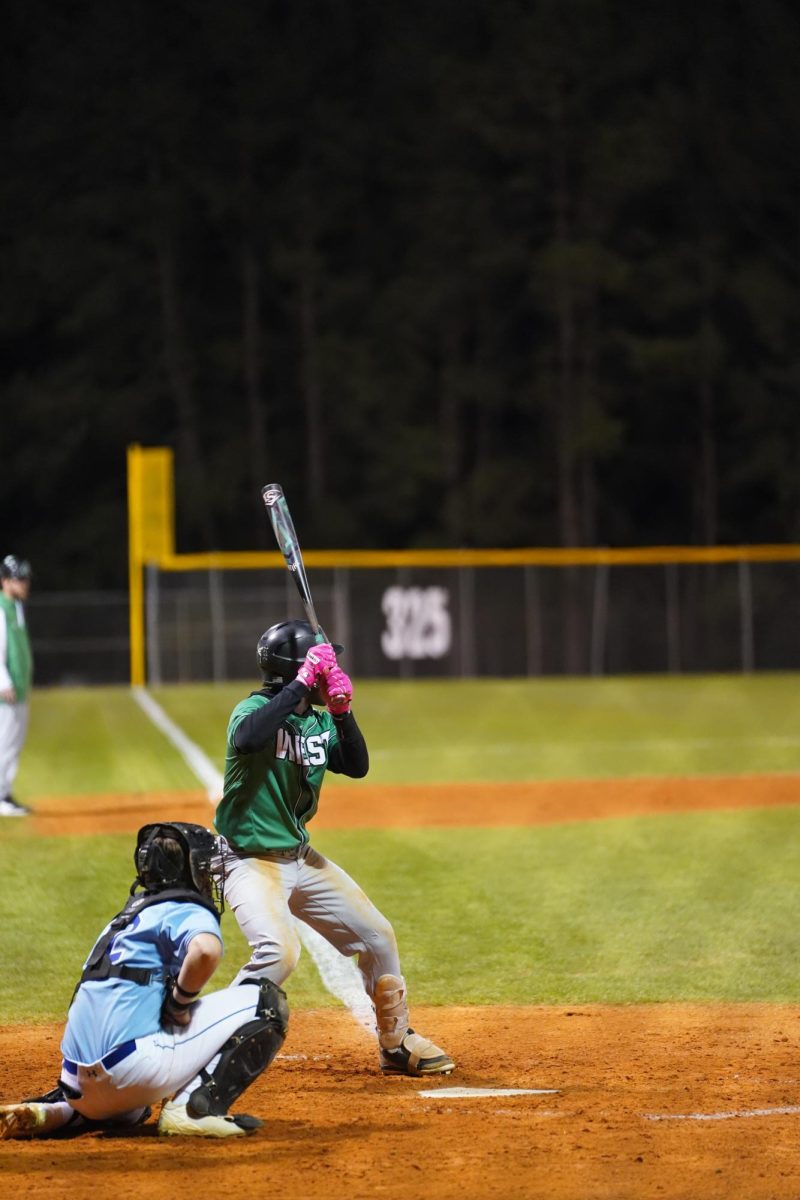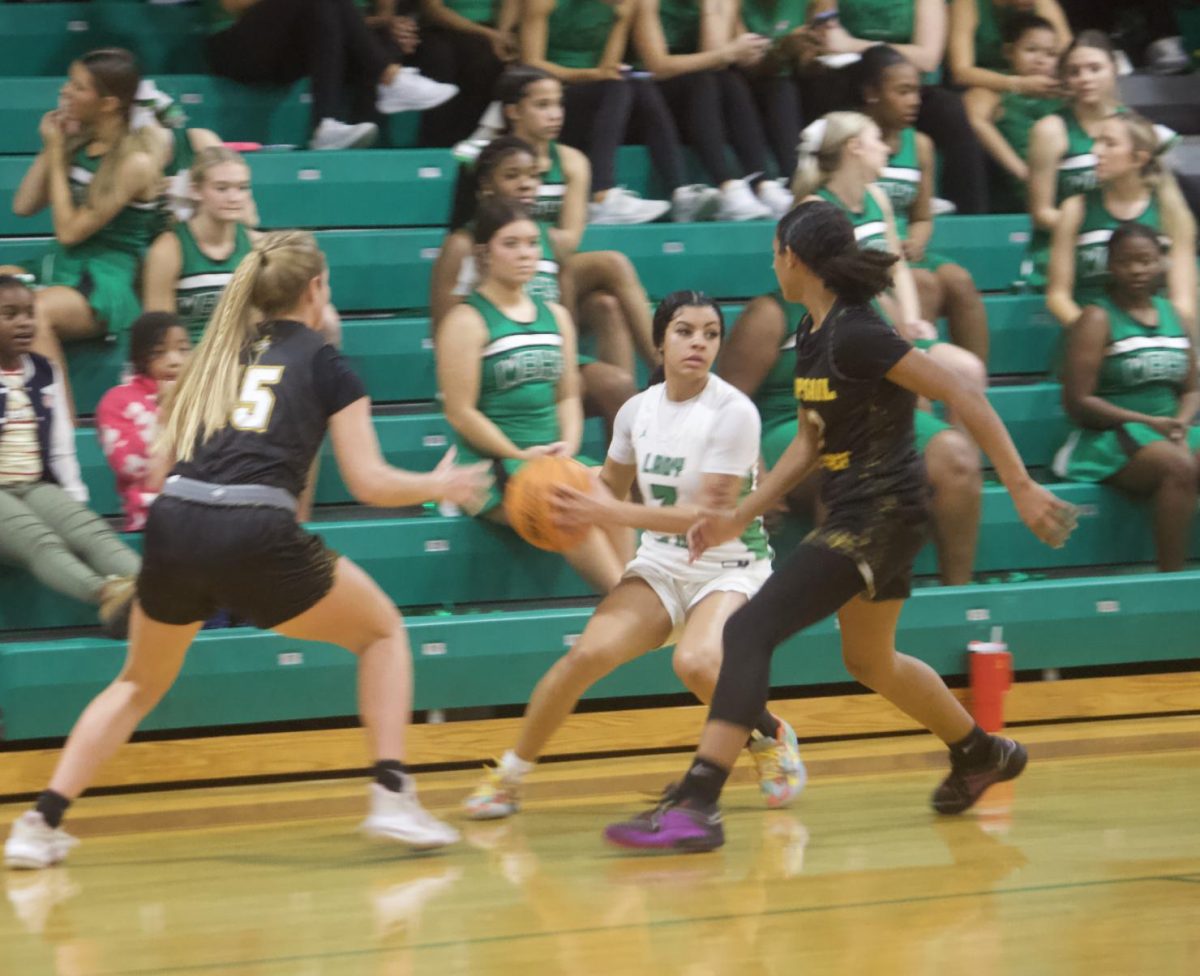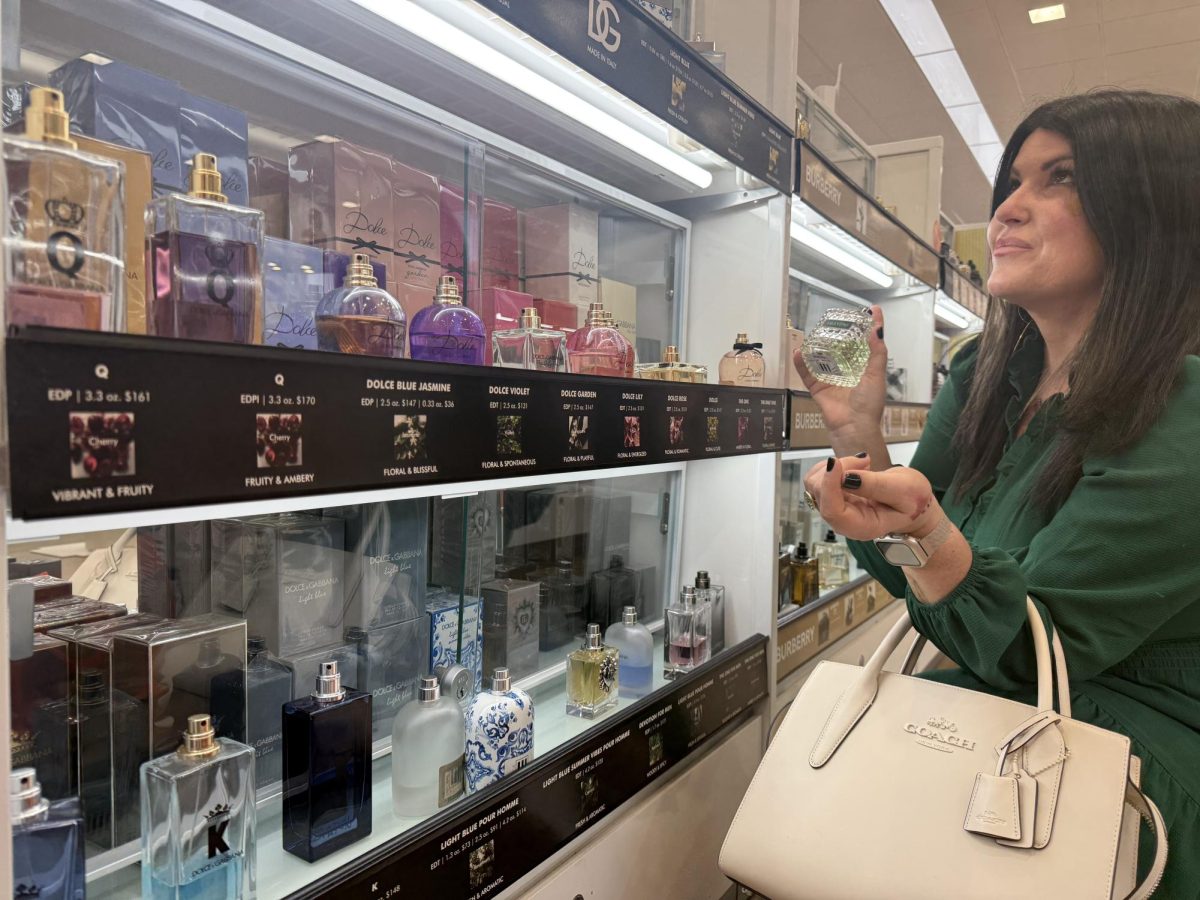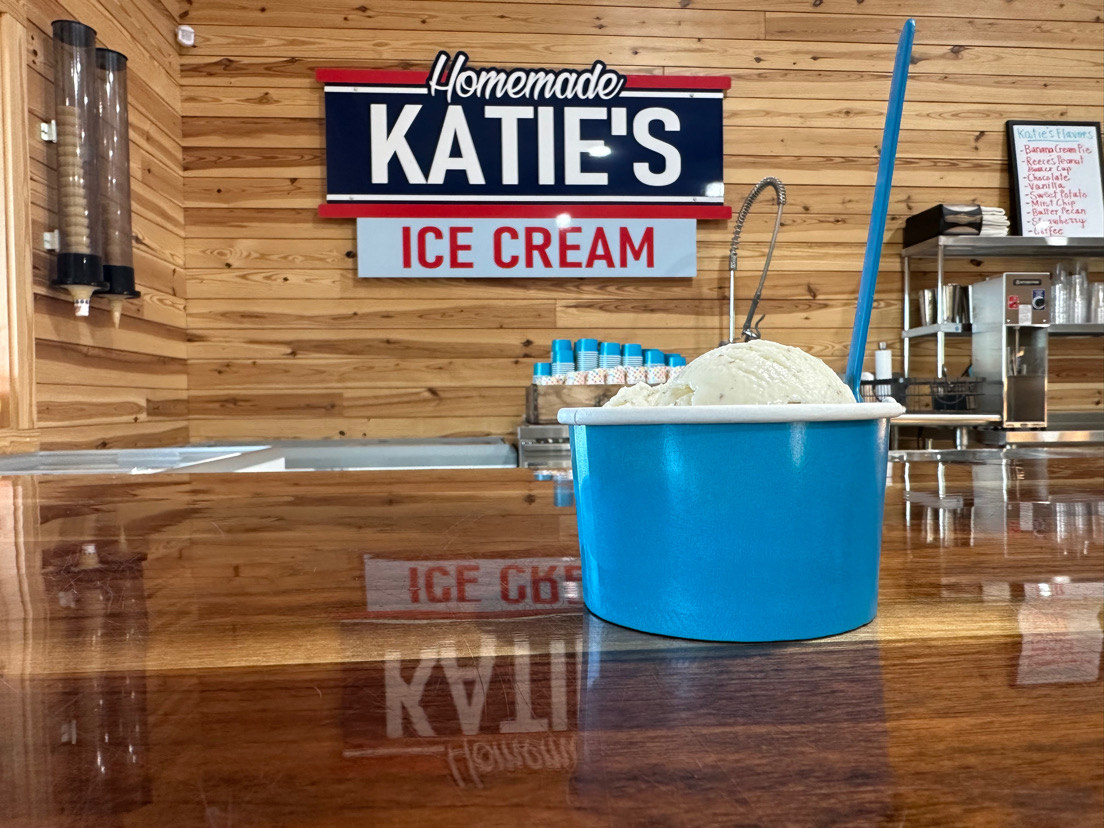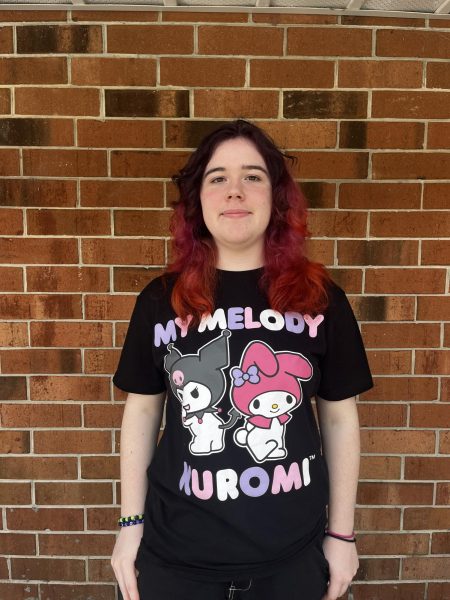Warning: This article contains graphic discussions of murder and mentions of rape.
Horror is a popular genre, with good reason, and happens to be one of my favorite genres. Horror is incredibly versatile, entertaining, and fun to execute in almost every medium. But this doesn’t mean that it has a clean record, especially once women are involved.
Women in horror is a controversial topic due to how their experiences are portrayed or rather used. Rape scenes are thrown in for the shock factor or as an origin story for our male lead and if the final girl’s boyfriend has been killed, she can rarely run out of the house. These faulty plot devices that horror uses aren’t truly necessary. The audience doesn’t need to see someone’s wife being assaulted to understand how awful a murderer is: they already kill people.
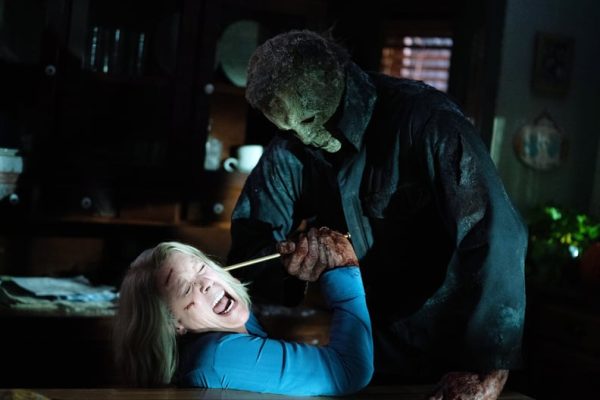
“Men have only seen women in these horror movies as either weak and lonely or preppy and annoying,” said senior Gisselle Barahona. “For a lot of guys, I think for them it’s satisfying to see these girls who they would hate in real life get what they think these girls deserve.”
Horror movies tend to use violence against women to tell a gory story they know will get attention. In the 1970s, rape-revenge films became very popular because of the shock of their drawn-out rape scenes. It eventually got so bad that these films had to be banned in Norway, Ireland, West Germany, and Iceland due to the glamorization of rape. Even outside of the revenge films, women are disproportionately hunted down and tortured. When men are killed, it’s quick even if brutal.
“Most of the time, women seem to be portrayed as defenseless to the male gaze,” said sophomore Meredith Roberts. “Most guys (in my experience) seem to like a girl that they can abuse and scare into submission–almost like it’s some sick kink.”
The first “Scream” movie is a good example of this; the first murder is Steve Orth, who had his guts strewn across his girlfriend Casey Beckler’s back porch to make her panic. It’s all a part of Ghostface’s adrenaline rush before he hunts her down, guts her and hangs her. Tatum Riley is slowly shut into the garage door by Ghostface, who is revealed to be her boyfriend, Stu Macher. Our main character Sidney Presscott’s boyfriend, Billy Loomis, later tries to kill her and tells Sidney that it was all just to scare her and eventually kill her.
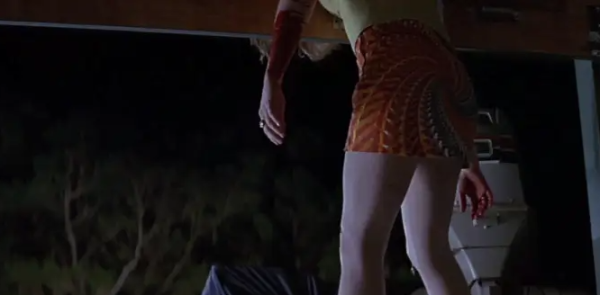
While Sidney is the sarcastic and paranoid final girl, Tatum is the bimbo stereotype. Happy-go-lucky and there to please everyone around her. Right before she was killed she was going to get beers for all the guys on the couch who were too lazy to get their own and throughout the entire movie she’s an airheaded sweetheart who does what she’s told.
“I feel like a lot of guys just can’t comprehend women stepping outside of stereotypes,” said senior Alyssa Thomason, “They have a very limited view of what we can and can’t be and it shows.”
In the past decade, horror has had many outliers where these harmful tropes were counteracted. Movies such as “Jennifer’s Body” and “Midsommar,” and games like “Fran Bow” and “The Path” all cover women’s experiences of grief, vulnerability, abuse and sexual assault through the lens of horror without exploiting the character or the actors.
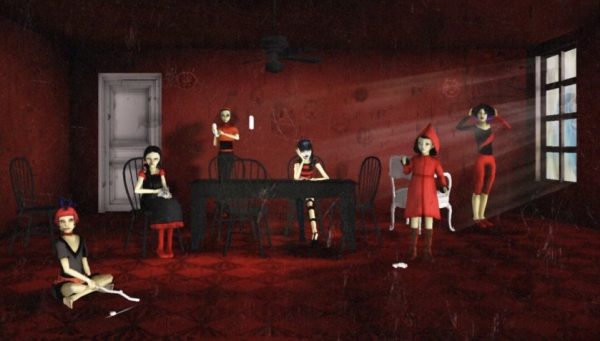
“There’s definitely been better portrayals of women in horror recently,” said Roberts. “I’m just concerned about when or how that will change.”


